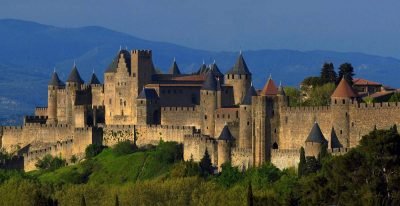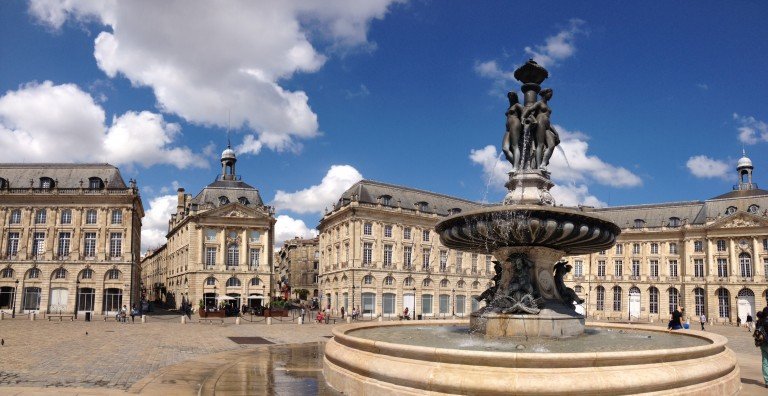
You start from the village of Le Verdon-sur-Mer, in the Médoc peninsula. The very first stretch of the itinerary runs along the ocean and Lake Hourtin, a tourist area of northern France. In high season, it is possible to come in car and camper also on the secondary roads on which the bike path runs, but fortunately the route moves away quickly and goes towards Bordeaux. The capital of Aquitania is one of the most active cities in the country with regard to bicycle mobility (it is estimated that around 10% of daily trips to the city are on bicycle) and is therefore particularly enjoyable to ride on the saddle.

Leaving the old town of Bordeaux, the itinerary dates back to the river Garonne along the right bank to the town of Castets-en-Dorthe. From here begins the longest green way across France: 193 km along a canal, free from river waters to the city of Toulouse. There are several countries on the way, villages and towns offering refreshment and accommodation. After about 260 km you leave the Acquitania to enter the largest region of the Midi-Pyrenees and once you reaches Toulouse, you abandons the course of the Garonne for the Canal du Midi. Built in the 17th century, the canal was used for commercial purposes as a shortcut between the Mediterranean and the Atlantic, today it is a must-see tourist attraction also frequented by locals to sport in the shade of its plane trees.

